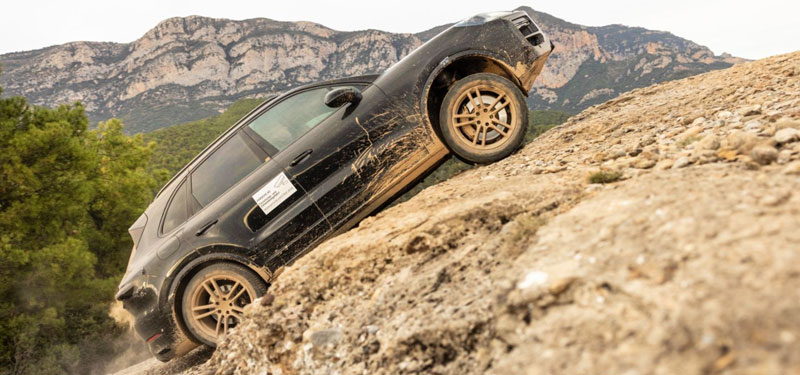Porsche is meticulously preparing the new Cayenne for its launch. Until then, the prototypes and pre-production vehicles are being subjected to challenging endurance tests to ensure that they meet Porsche’s high quality standards.
Following its launch in 2017, Porsche has consistently enhanced the third generation of the Cayenne with far-reaching measures affecting its powertrain, chassis, design, equipment and connectivity. “It’s one of the most extensive product upgrades in the history of Porsche,” says series manager Michael Schätzle. In addition to realigning the drive portfolio, the engineers at the Porsche Development Centre in Weissach made major revisions to the Cayenne’s chassis system. The aim was to achieve an even wider range between the typical Porsche on-road performance, long-distance comfort and off-road capability. To this end, the Cayenne will feature, among other things, a new, semi-active chassis. In addition, drivers and passengers will be treated to a new and extensively digitalized display and operating concept with enhanced connectivity functions.
With so many new technologies, complex and elaborate testing was required in order to perfectly tune the components, most of which were completely new developments. “We’re subjecting the new Cayenne to a complete and comprehensive testing program, just as if we’d developed it from scratch,” explains test manager Ralf Bosch. Alongside increasingly accurate virtual simulations, real-life testing is still a high priority for Porsche. It represents the test of whether any new model is ready for launch. During what we call complete vehicle testing, the aim is to ensure the operational stability and functionality of all components and systems as they interact – in situations that the customer experiences and far beyond.

